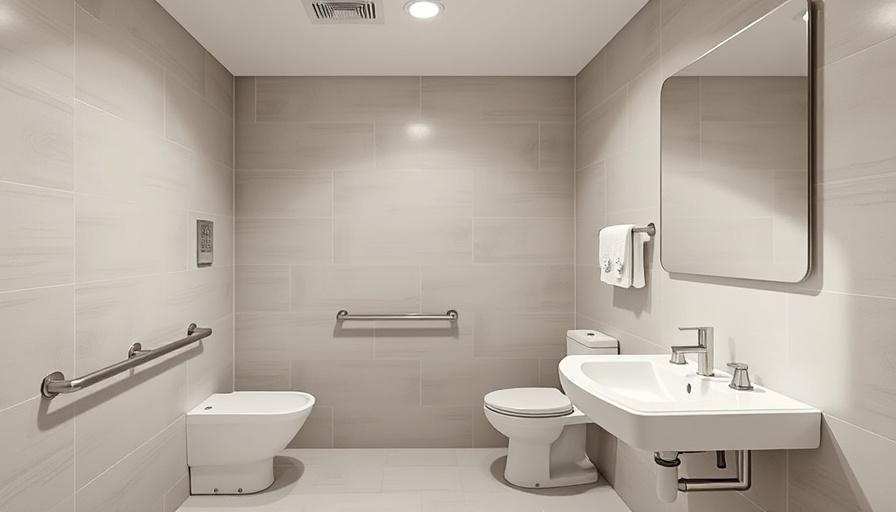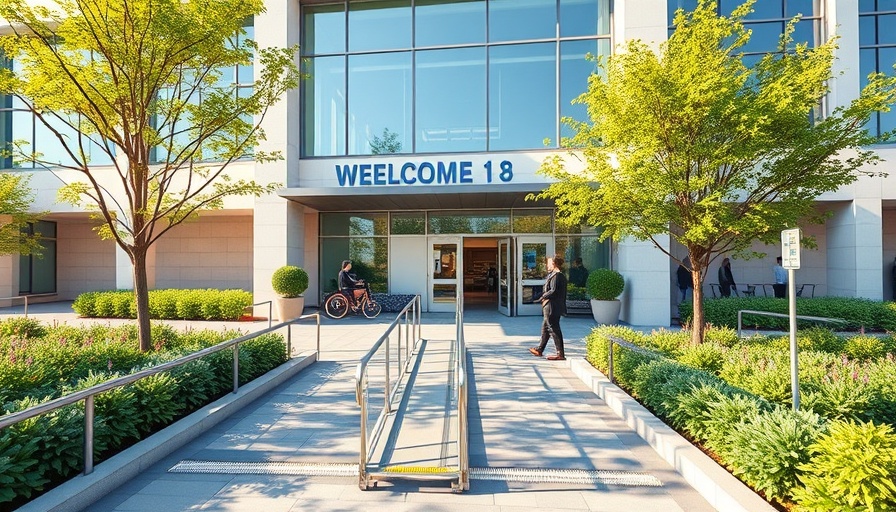
Embracing Inclusivity: The Importance of ADA Compliance
In Toms River, New Jersey, nobody should feel excluded from the comforts of home, especially in spaces like bathrooms that we often take for granted. Understanding the importance of ADA compliance can transform your home into a welcoming and inclusive environment, catering to individuals with disabilities. Ensuring compliance is not merely a legal requirement but a responsible moral commitment, fostering dignity and independence for all residents.
Key Features of an ADA-Compliant Bathroom
Implementing the principles of ADA compliance requires attention to specific features designed with accessibility in mind. Homeowners should ensure that bathrooms have a door width of at least 32 inches, allowing for smooth wheelchair access. Furthermore, the thresholds should be minimal, ideally not exceeding half an inch, to prevent tripping and ensure safety. Inside, a clear floor space of 60 inches is crucial to facilitate easy movement.
Essential fixtures also need to adhere closely to ADA guidelines. For instance, toilets should be positioned at a height ranging from 17 to 19 inches, optimizing accessibility. Grab bars should be installed strategically around the toilet and shower to support users effectively. These small adjustments can significantly enhance the experience for individuals with mobility challenges.
The Emotional and Practical Benefits of Accessibility
ADA compliance transcends mere regulations; it embodies a shift toward creating spaces that resonate on a human level. A bathroom designed with accessibility in mind not only becomes safer but also enriches the lives of all inhabitants by promoting dignity. As highlighted in Bathroom Pros, features like non-slip flooring and easy-to-use faucets can empower individuals rather than hinder them.
The emotional impact cannot be underestimated; enabling family members with disabilities to navigate their environment freely fosters independence and self-esteem. Everyone deserves the right to comfortably interact with their home, and ADA compliance opens that door.
A Closer Look at Material Choices
When redesigning bathrooms for ADA compliance, material selection becomes vital. Homeowners should prioritize non-slip flooring to mitigate the risk of falls—a common danger for those with mobility impairments. Textured tiles, slip-resistant vinyl, and durable surfaces can make a significant difference.
Toilets and sinks should also be equipped with user-friendly faucets and controls. Lever handles, for instance, are easier to operate for those with limited dexterity. Ensuring that these fixtures are easy to maintain is an added advantage, promoting cleanliness without special equipment.
A Future of Inclusivity: Trends in Bathroom Design
As we move forward, trends increasingly emphasize the significance of universally designed bathrooms. Data suggest a growing acknowledgment among homeowners of the importance of ADA compliance. By investing in accessible design now, you’re not only complying with legal standards but also adapting to shifting demographics where aging in place has become a priority.
Smart homes featuring voice-activated technology and advanced monitoring systems are paving the way for a new frontier in accessibility. These innovations ensure that homes can evolve alongside their occupants, particularly those with special physical requirements. The future promises a more inclusive approach to residential design, and ADA compliance is at the heart of this evolution.
Final Thoughts: Take Action for a More Inclusive Home
In conclusion, understanding the importance of ADA compliance in your home is essential for fostering a supportive and inclusive environment for all residents. Not only does it enhance property value, but it also builds a community centered around inclusivity. As homeowners in Toms River contemplate modifications, they become proponents of a more accessible future.
If you're looking to enhance your bathroom's functionality and ensure ADA compliance, now is the time to act. Join fellow homeowners in creating spaces that truly cater to every ability, inviting everyone to feel united and valued in their homes.
 Add Row
Add Row  Add
Add 




Write A Comment